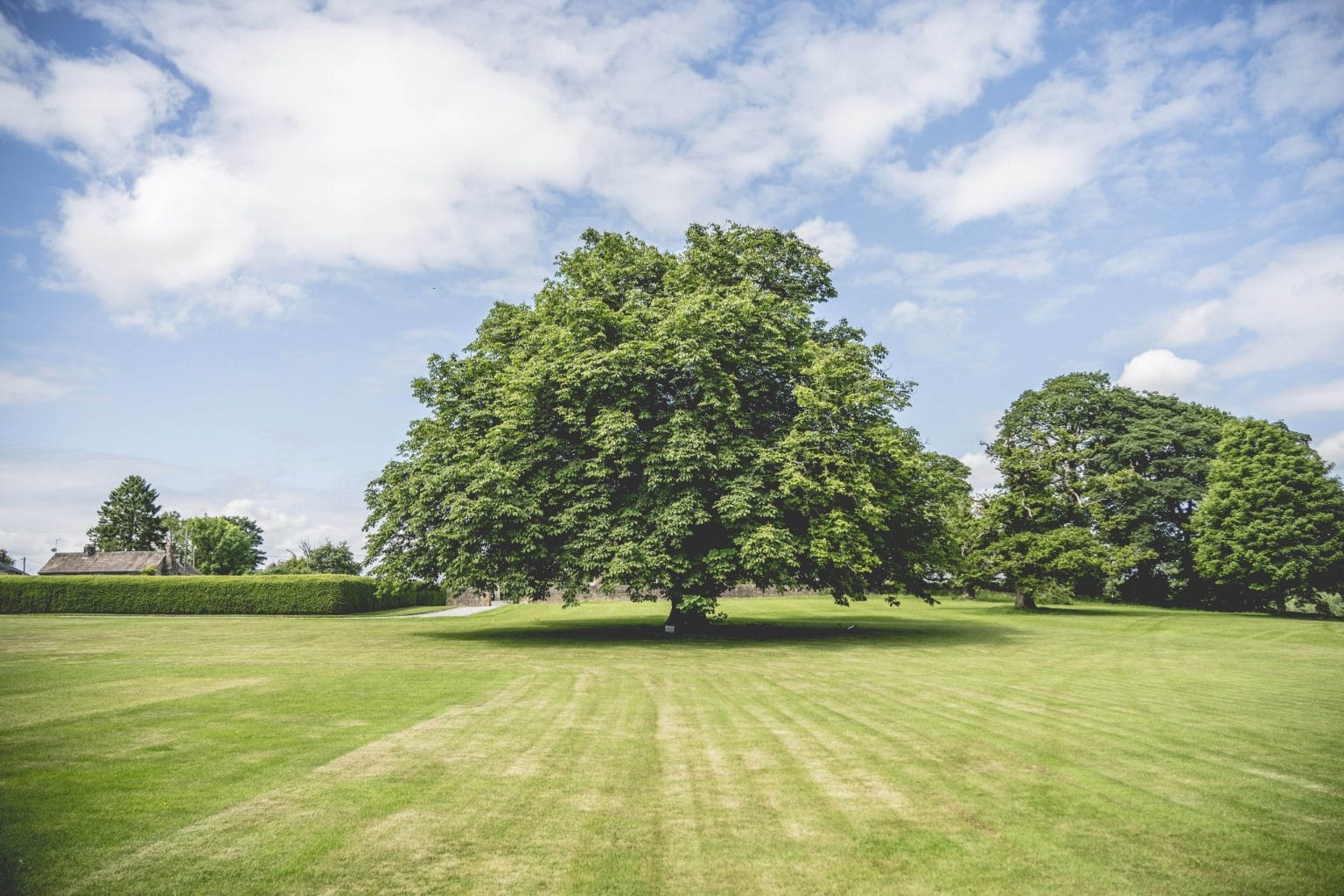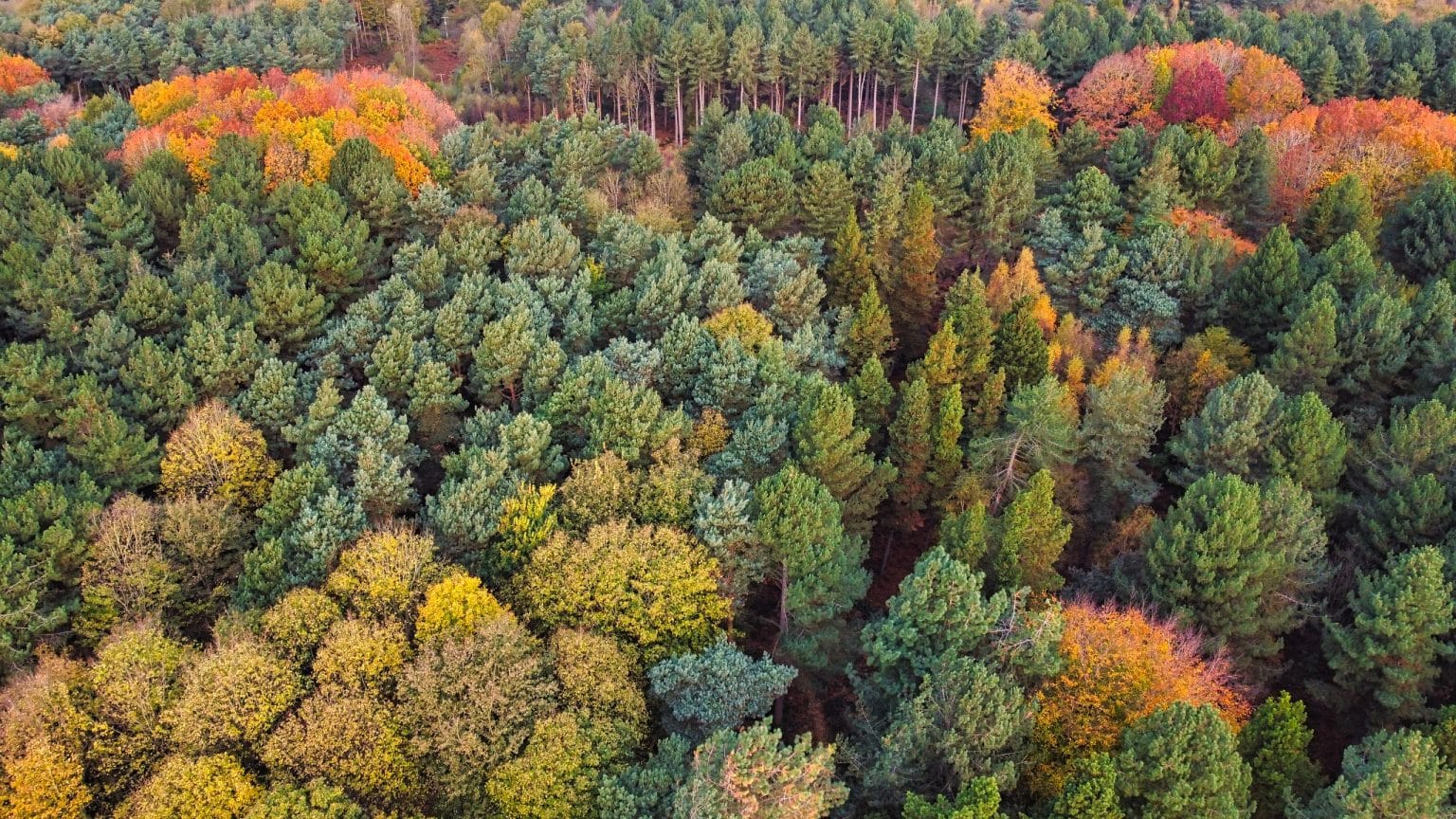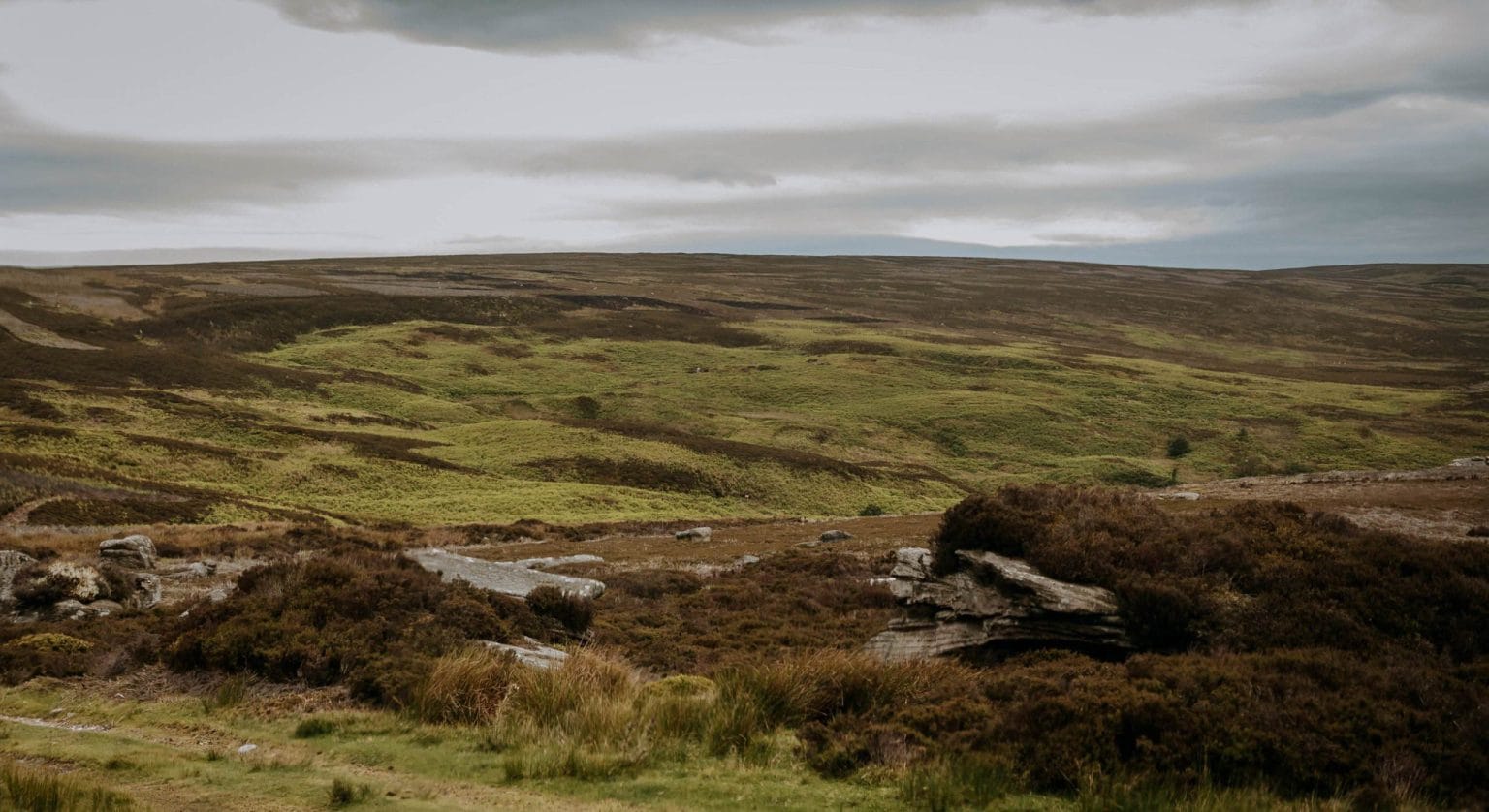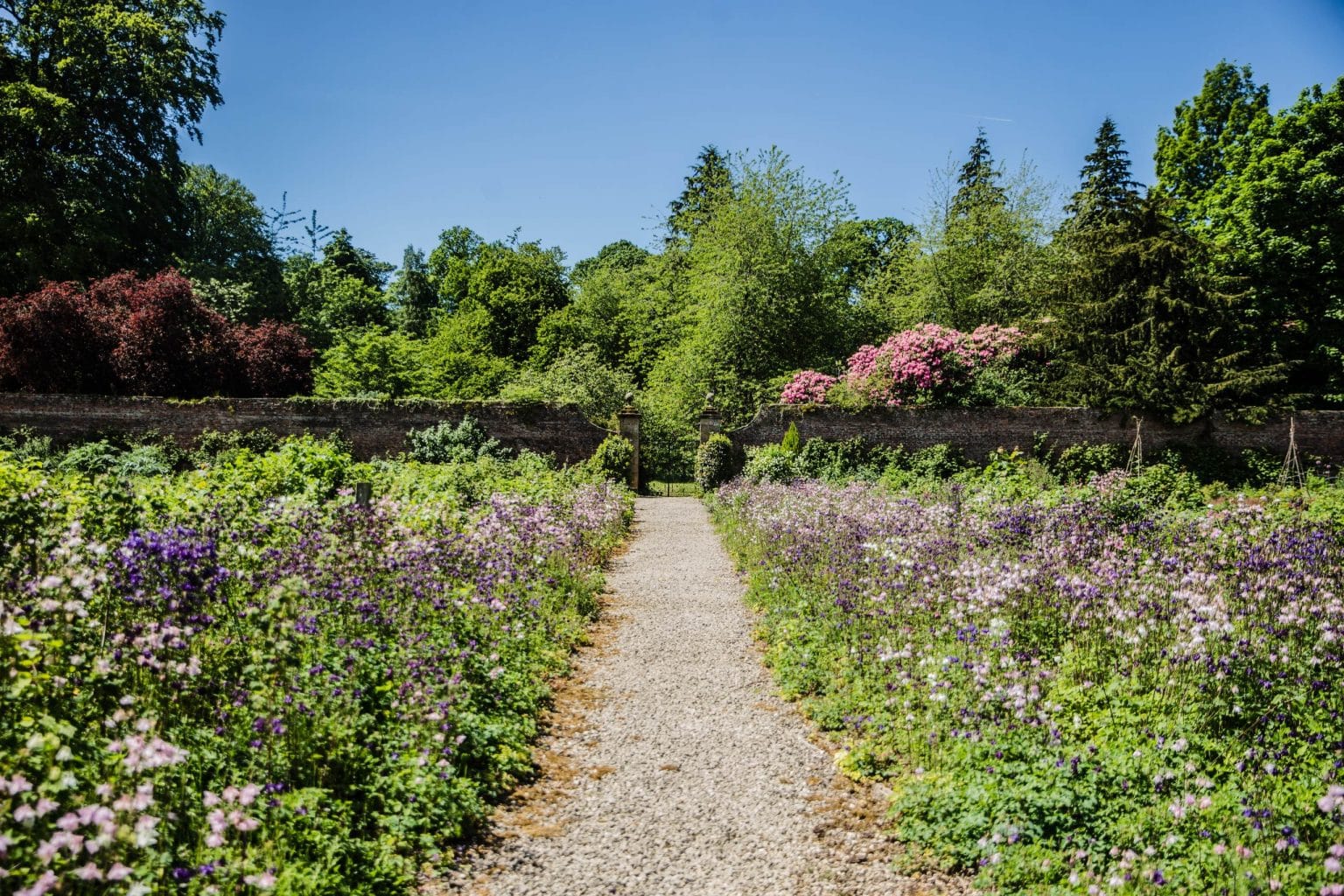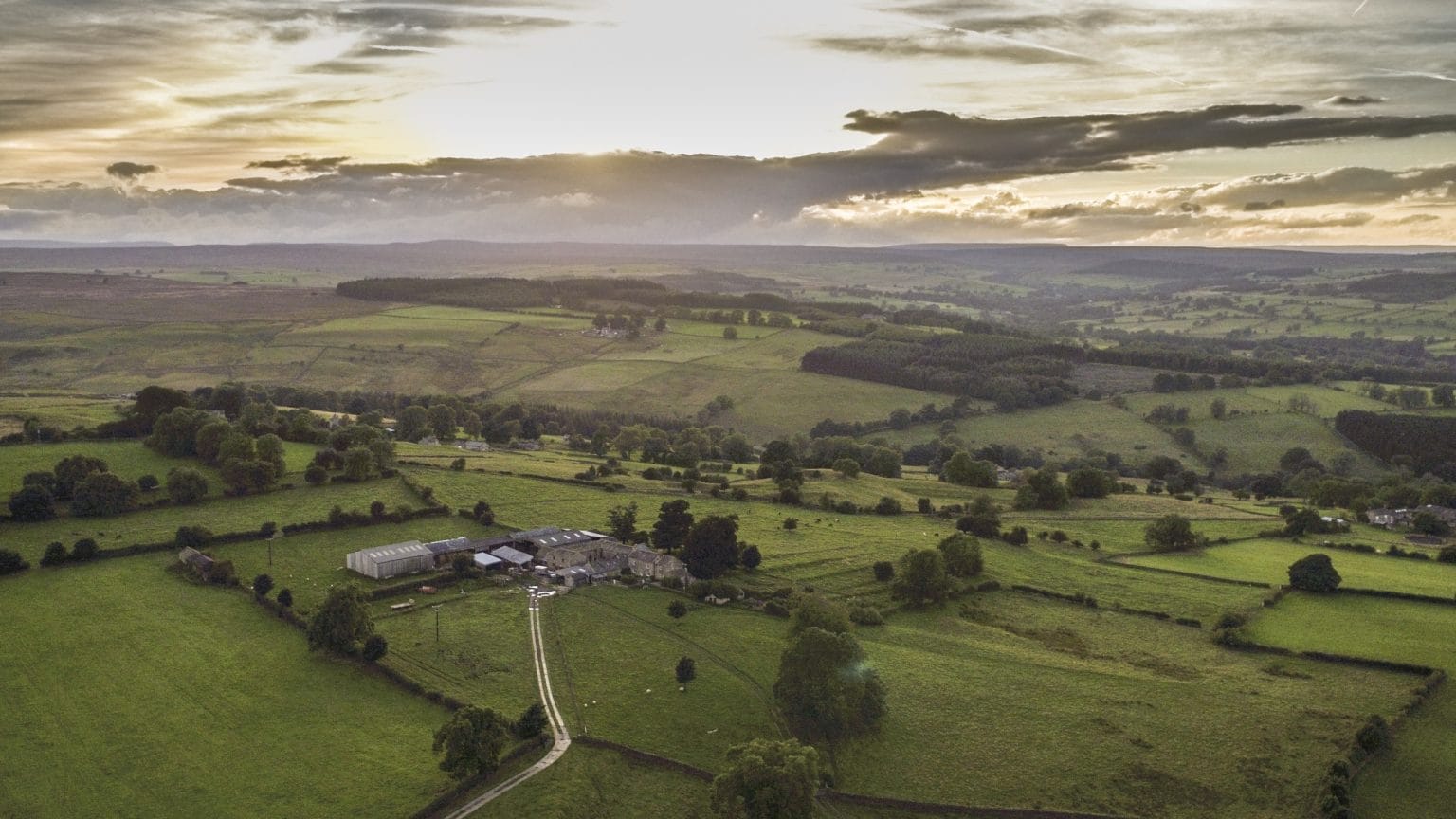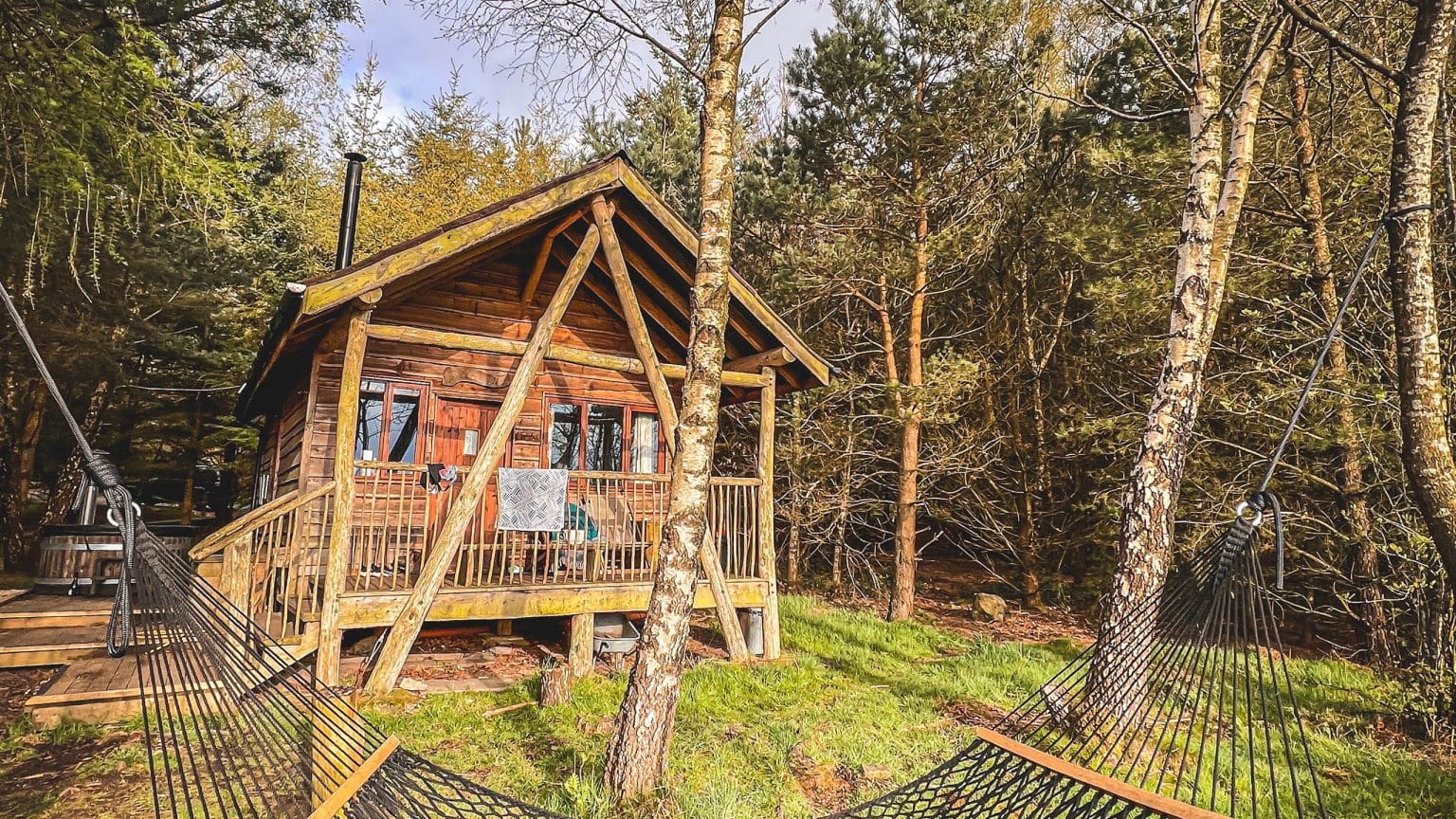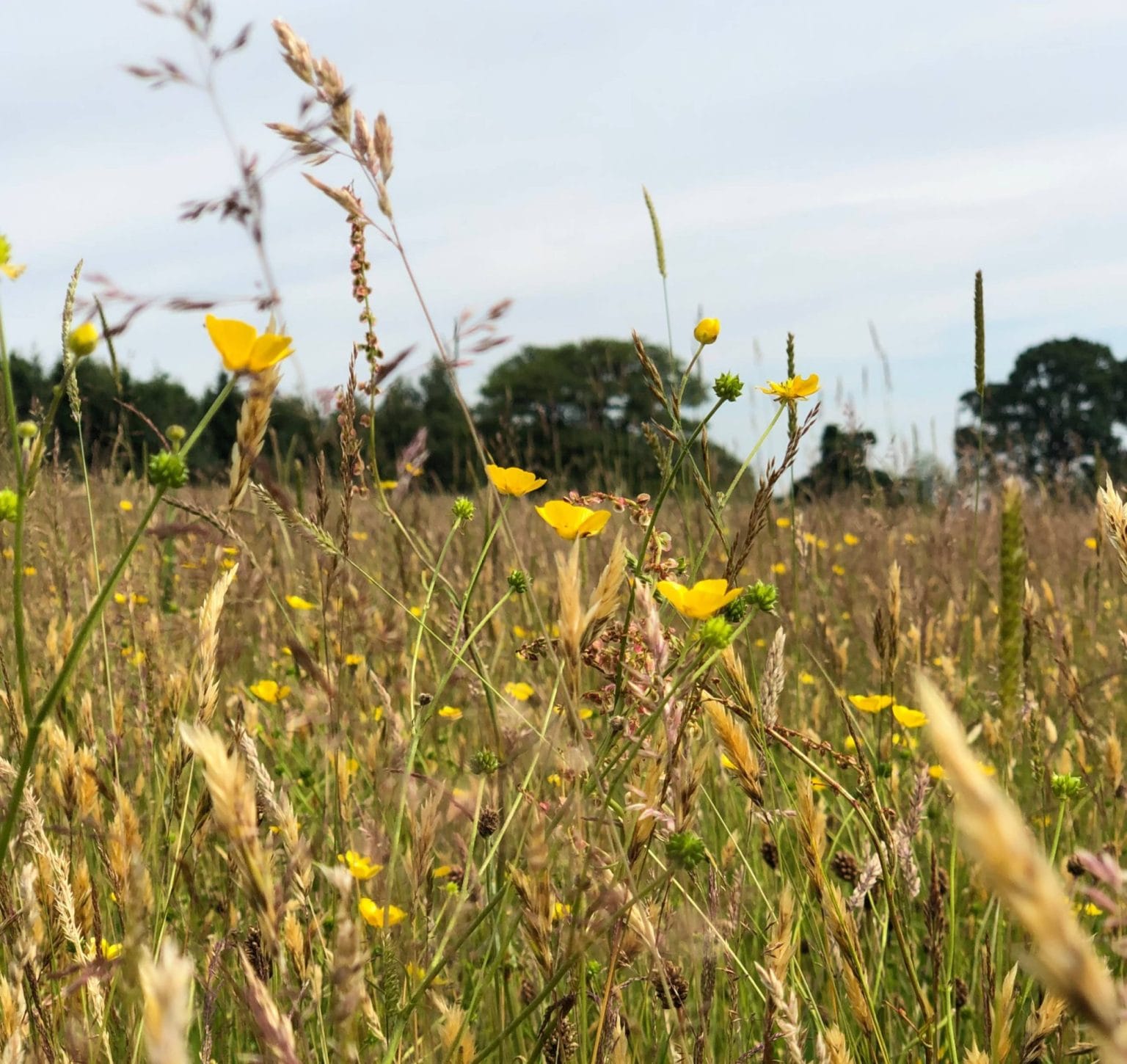Our regenerative Agriculture project encompasses conservation agriculture, mixed farming systems, agroforestry, and forest gardening techniques.
At its core, it focuses on creating healthier soil by mimicking natural systems, such as young woodlands and forests, which are the most sustainable and adaptable land-based systems. A well-designed regenerative agricultural system can help create a more carbon-rich soil than seen in any other monocultural food systems.
Its aim is to have seven vertical integrated crops which will be supported from an onsite closed loop Bio composting system, with biodegradable waste being sourced from the walled garden, parkland, hotel and restaurants on the Estate.

The term Agroforestry is used where both trees and agricultural/horticultural crops are grown on the same land, and we are employing Forest Gardening techniques in that the plants that are being grown are productive. These could be a mix of trees, shrubs and perennial plants, and the crops produced will often include fruits, nuts, edible leaves, spices, medicinal plant products, poles, fibres for tying, basketry materials, honey, fuelwood, fodder, mulches, delete game, sap products.
Running alongside this will be our Bio-hub which is a composting system designed to enhance the soil nutrients and combat green waste.

On the Estate more generally, much of the farmland and moorland is entered into voluntary five- and 10-year agri-environment schemes that are administered by Natural England. These deliver specific environmental management on the land for both the landscape and wildlife and include: the restoration and maintenance of moorland and wet grassland for waders and wildfowl, and rough grazing for birds; the creation and maintenance of grassland for target features; low inputs on permanent grassland to encourage grassland and wild flower species; leaving buffer strips and field corners uncropped and overwintered stubble to provide winter feed and cover for birds; and hedgerow and in field tree management for wildlife corridors and the landscape.

